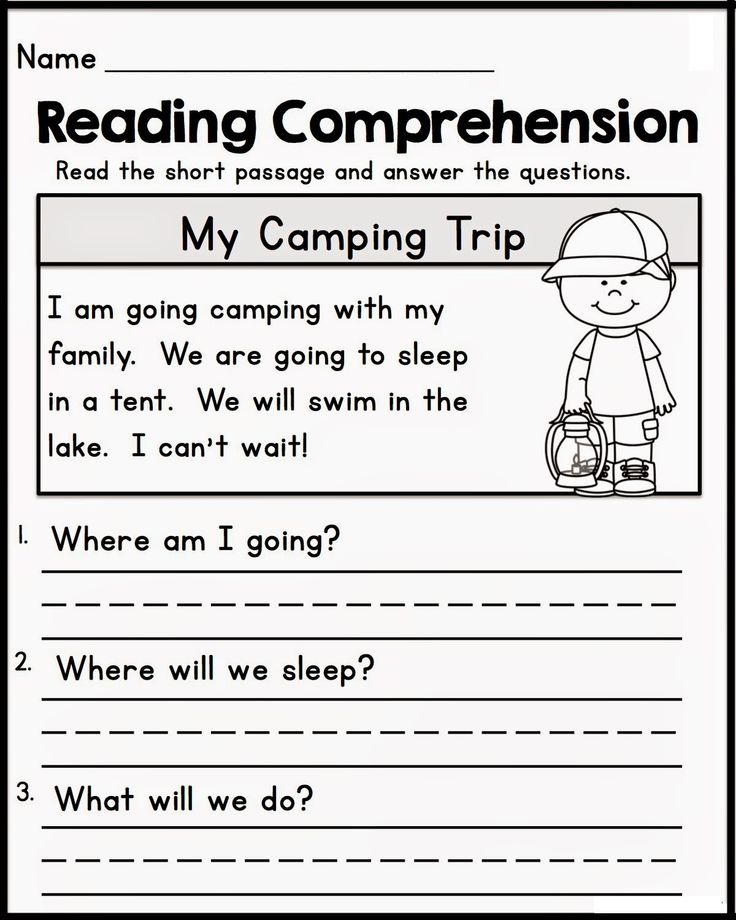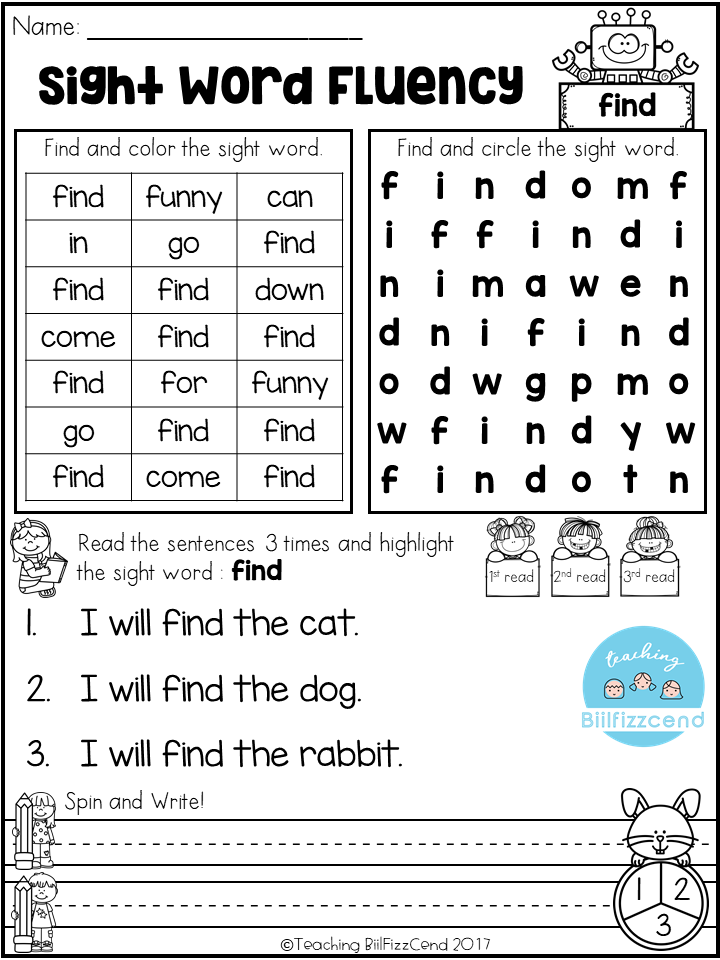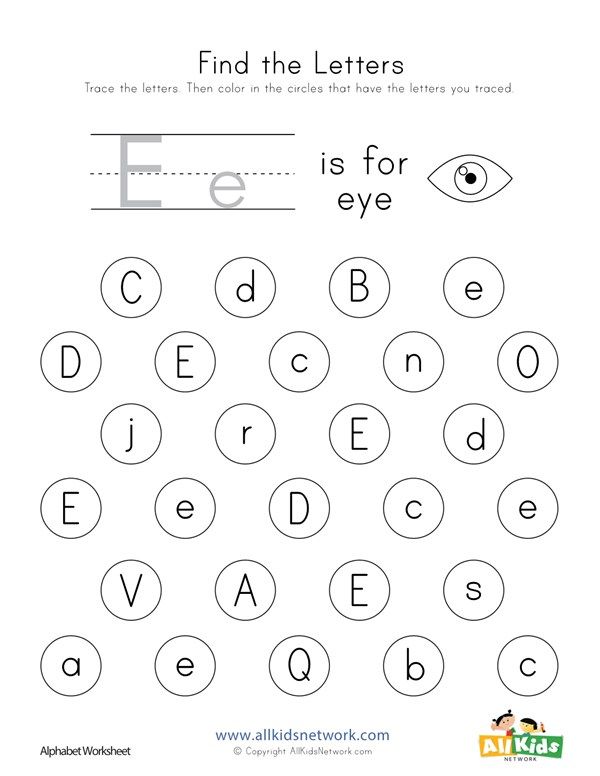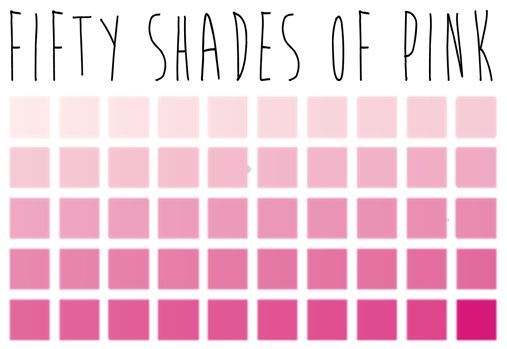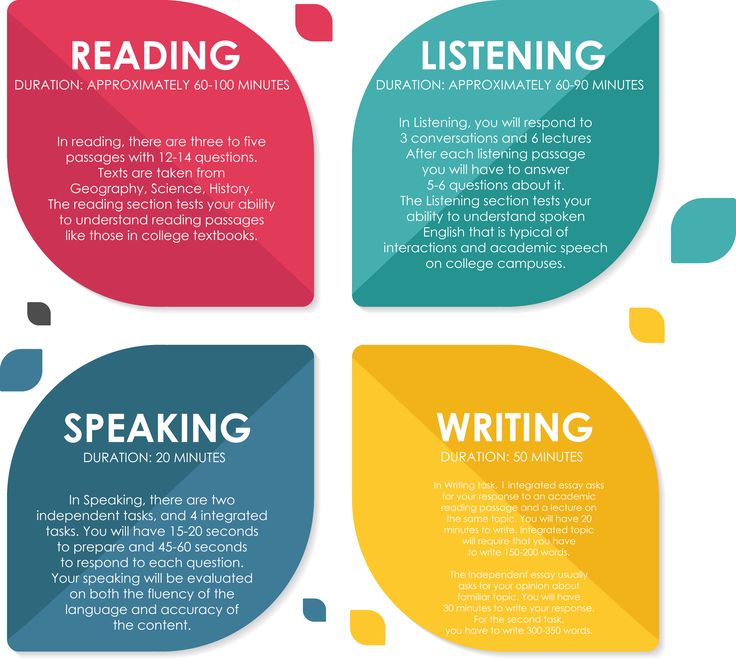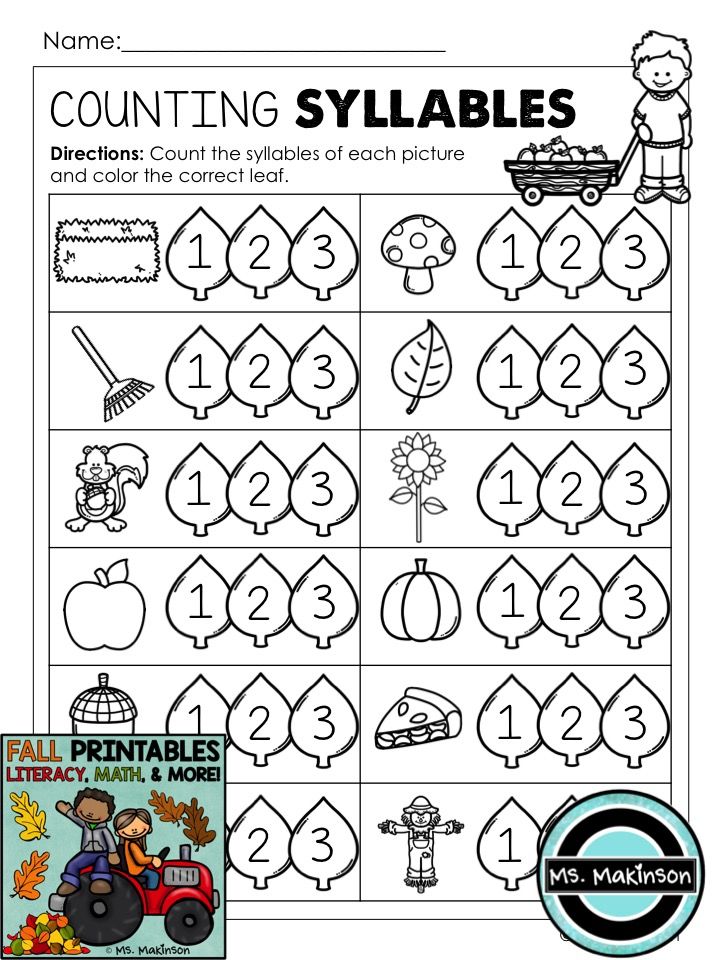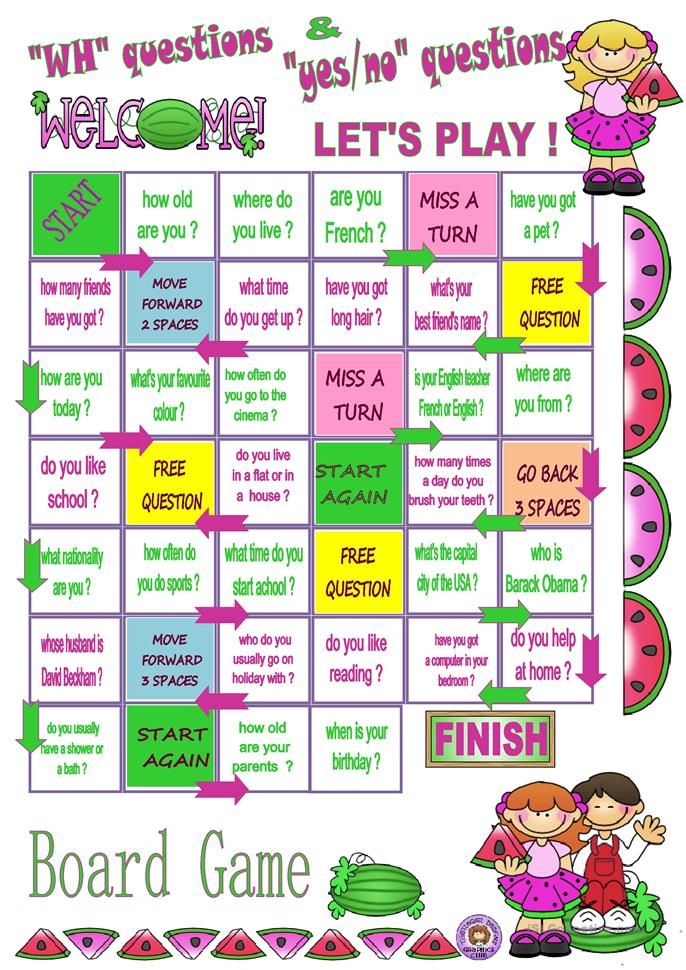Kittens first moon
Kitten's First Full Moon
None HOMER is an early learning program for kids ages 2-8. It includes access to hundreds of interactive stories and a personalized learn-to-read plan. Try it free for 30 days! When Kitten wakes up to her first full moon, she thinks it’s a bowl of milk in the sky. She dreams of having it! Closing her eyes, she stretches her neck and opens her mouth to lap it up but only catches a bug. She runs down the sidewalk and over the fields to a pond, but the bowl of milk is still so far away. She climbs a tree to see if she can reach it. Poor Kitten—that doesn’t work. But in the pond is a larger bowl of milk! She races down the tree, through the grass, and SPLASH into the pond, only to get wet. Defeated, she makes her way back home. What do you think is waiting for her there? show full description Show Short DescriptionBedtime Stories
Find your child's favorite bedtime stories. With a collection of animated stories, you are sure to find a story your child will love. From classics like Kitten's First Moon to new favorites like Goodnight, Goodnight Construction Site.
view all
Goodnight, Goodnight Construction Site
Kitten's First Full Moon
Night Boy
Happy Birthday Moon
One membership, two learning apps for ages 2-8.
TRY IT FOR FREE
Full Text
It was Kitten’s first full moon. When she saw it, she thought, “There’s a little bowl of milk in the sky.” And she wanted it. So she closed her eyes and stretched her neck and opened her mouth and licked. But Kitten only ended up with a bug on her tongue. Poor Kitten! Still, there was the little bowl of milk, just waiting. So she pulled herself together and wiggled her bottom and sprang from the top step of the porch.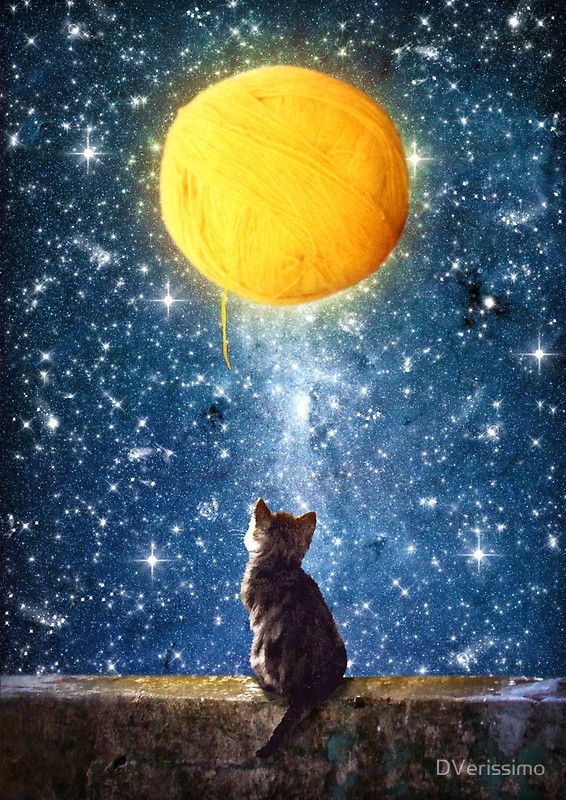 But Kitten only tumbled— bumping her nose and banging her ear and pinching her tail. Poor Kitten! Still, there was the little bowl of milk, just waiting. So she chased it— down the sidewalk, through the garden, past the field, and by the pond. But Kitten never seemed to get closer. Poor Kitten! Still, there was the little bowl of milk, just waiting. So she ran to the tallest tree she could find, and she climbed and climbed and climbed to the very top. But Kitten still couldn’t reach the bowl of milk, and now she was scared. Poor Kitten! What could she do? Then, in the pond, Kitten saw another bowl of milk, and it was bigger. What a night! So she raced down the tree and raced through the grass and raced to the edge of the pond. She leaped with all her might— Poor Kitten! She was wet and sad and tired and hungry. So she went back home. And there was a great big bowl of milk on the porch, just waiting for her. Lucky Kitten!
But Kitten only tumbled— bumping her nose and banging her ear and pinching her tail. Poor Kitten! Still, there was the little bowl of milk, just waiting. So she chased it— down the sidewalk, through the garden, past the field, and by the pond. But Kitten never seemed to get closer. Poor Kitten! Still, there was the little bowl of milk, just waiting. So she ran to the tallest tree she could find, and she climbed and climbed and climbed to the very top. But Kitten still couldn’t reach the bowl of milk, and now she was scared. Poor Kitten! What could she do? Then, in the pond, Kitten saw another bowl of milk, and it was bigger. What a night! So she raced down the tree and raced through the grass and raced to the edge of the pond. She leaped with all her might— Poor Kitten! She was wet and sad and tired and hungry. So she went back home. And there was a great big bowl of milk on the porch, just waiting for her. Lucky Kitten!
1
We take your child's unique passions
2
Add their current reading level
3
And create a personalized learn-to-read plan
4
That teaches them to read and love reading
TRY IT FOR FREE
Kitten’s First Full Moon | children's lit classics
Title: Kitten’s First Full Moon
Author: Kevin Henkes
Illustrator: Kevin Henkes
Publisher: Greenwillow Books (a division of Harper Collins Publishers)
Genre: Fantasy; Caldecott Medal Winner 2005
Level: Primary
Number of pages: 30
Pub.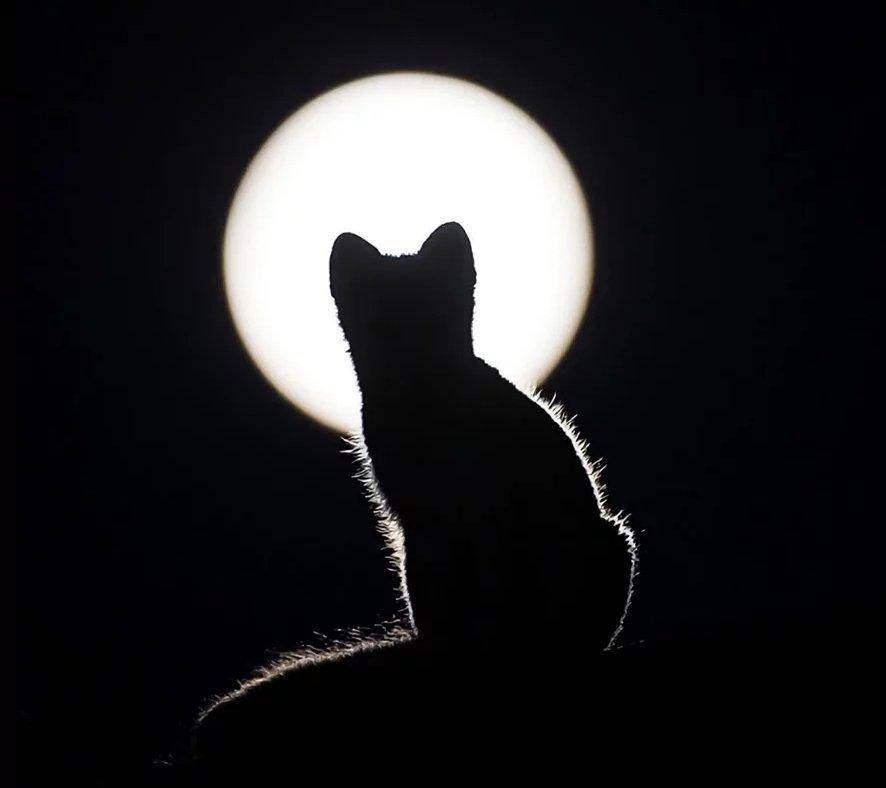 Date: 2004
Date: 2004
Summary
A kitten sits outside on her porch and looks up at the full moon, thinking that it must be a really big bowl of milk. She tries to lick the moon, but only ends up eating a bug. Then, the kitten tries jumping towards the moon, but instead falls down the steps of the porch and hurts herself. Determined to reach the moon, the kitten chases it and climbs up to the top of a tree, but realizes she is scared and no closer to the moon. The kitten then sees the moon’s big reflection in a pond, and thinks that it is an even bigger bowl of milk. When she jumps into the pond, the kitten becomes very sad, because she realizes that it is only water. Dejected and tired, the kitten walks back home. When she gets there, however, she sees a bowl of milk waiting for her on the porch, and is very happy and satisfied.
Critique
This picture storybook is easy to digest for young readers, and satisfies the requirements for a good picture book. The main character is a kitten who is trying to better understand her world, which is quite appropriate for children who are exploring and learning to read.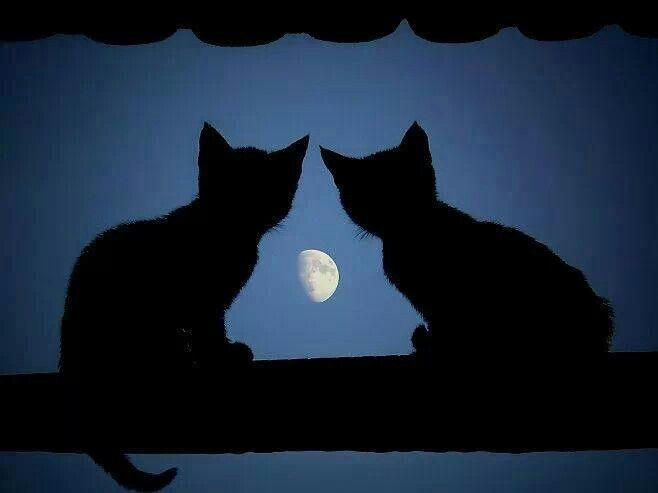 Additionally, the text is large and dark, which contrasts nicely with the white background. This does not require too much effort to pay attention to, and the small number of words on each page provides a great opportunity for read-aloud experiences. Henkes only uses black and white drawings in this book, which are appropriate given that the setting of the story is nighttime. With respect to Henkes’ style, he is somewhat expressionistic, because some of the facial expressions the kitten makes (e.g., when the kitten is surprised) are exaggerated forms of reality to show emotion. Additionally, Henkes uses thick, dark lines to outline his drawings, which may indicate stability and definition. As the story intensifies and the kitten becomes more and more frantic, Henkes begins to use less white and more black and grey, which may show that the kitten’s tale is becoming more muddled and less calm. Typically, Henkes’ perspective is that of an observer looking straight at the action, which may be more appropriate for younger children who are not used to visualizing other perspectives.
Additionally, the text is large and dark, which contrasts nicely with the white background. This does not require too much effort to pay attention to, and the small number of words on each page provides a great opportunity for read-aloud experiences. Henkes only uses black and white drawings in this book, which are appropriate given that the setting of the story is nighttime. With respect to Henkes’ style, he is somewhat expressionistic, because some of the facial expressions the kitten makes (e.g., when the kitten is surprised) are exaggerated forms of reality to show emotion. Additionally, Henkes uses thick, dark lines to outline his drawings, which may indicate stability and definition. As the story intensifies and the kitten becomes more and more frantic, Henkes begins to use less white and more black and grey, which may show that the kitten’s tale is becoming more muddled and less calm. Typically, Henkes’ perspective is that of an observer looking straight at the action, which may be more appropriate for younger children who are not used to visualizing other perspectives.
This book also satisfies the requirements for fantasy books, because an animal is given human powers of cognition. The lack of logic in cats talking can almost be disregarded, however, because the setting is so realistic and plausible. The kitten’s character is also developed in a way that is quite human, because she suffers the same types of frustrations that a person might in response to disappointments. The setting of Kitten’s First Full Moon is abstract and ill defined, and one might imagine her in any place or time, which lends itself well to being relatable and believable to young readers. By using a kitten as the protagonist, children can experience her disappointment and defeat without feeling like they could be part of the story. This allows them to better understand themes of persistence in difficult or confusing times.
Response
I am a cat person through and through, so reading this book was extra special for me. I thought the kitten’s determination was very admirable, and I loved reading about her adventures.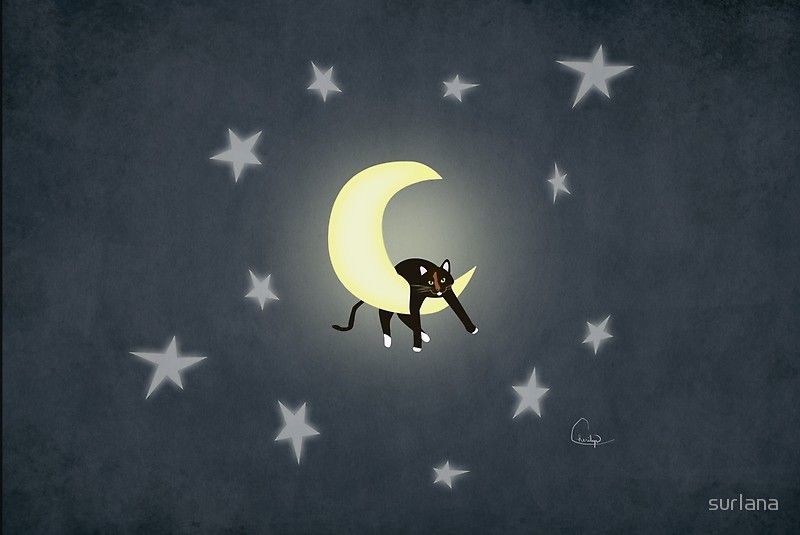 The emotionality of this book really struck me, because it was written very simply, but I could really feel the kitten’s frustration and sadness as the book progressed. Something I took away from this book was that bigger and more exotic does not always mean better. Sometimes I find myself wondering what it would have been like to attend a college in another part of the country or how I would have faired with different opportunities, and this book is really a simple way of reminding me to appreciate everything I have.
The emotionality of this book really struck me, because it was written very simply, but I could really feel the kitten’s frustration and sadness as the book progressed. Something I took away from this book was that bigger and more exotic does not always mean better. Sometimes I find myself wondering what it would have been like to attend a college in another part of the country or how I would have faired with different opportunities, and this book is really a simple way of reminding me to appreciate everything I have.
Like this:
Like Loading...
Salvation history. Moon » Wind Cat
Salvation history. Luna
Luna's little kitty has the letter "L" on her chest - this is the first letter of her name and an indication that there is a lot of Love in the kitten's heart.
Little Luna's mother, Lilu, a multi-coloured cat, climbed into the basement of someone else's country house in the summer and gave birth to four funny kittens there.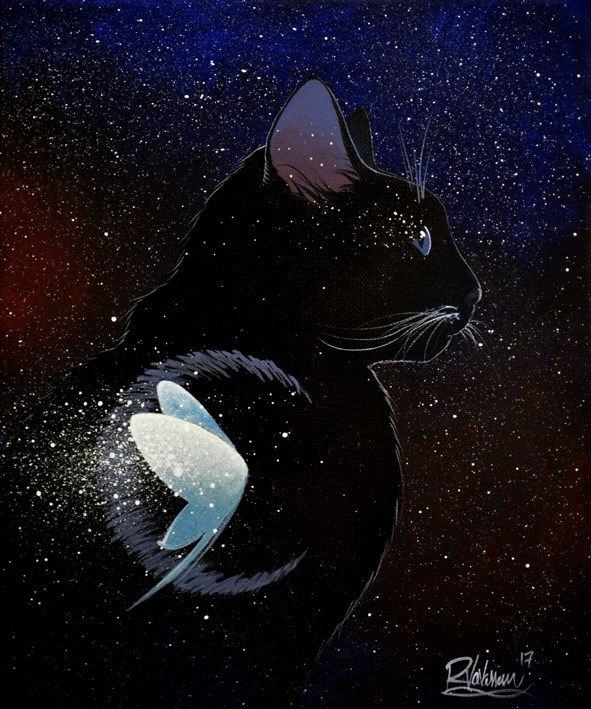 Lila did not make a mistake with the choice of the house - she was not kicked out, she was periodically fed (the owners of the dacha were visiting), and before the end of the season they turned to us for help.
Lila did not make a mistake with the choice of the house - she was not kicked out, she was periodically fed (the owners of the dacha were visiting), and before the end of the season they turned to us for help.
Luna is a calm, intelligent, very sociable and active girl.
She was the first of the kittens who was not afraid to approach people and communicated with them with pleasure. And she was also the first who began to master the tray, try dry food - she repeated everything after her mother.
Little Moon is the last of the four sisters to find her home. Arriving in a wonderful family, she did not need time to adapt. She immediately fell in love with everyone and began to have fun and play.
We wish Luna and her new family much happiness!
Do not be afraid to help kittens. There are so many good people in big cities who will be sincerely glad to see them.
Hits: 283 Posted:
Tags: rescue stories
See also:
The story of the rescue of a tiny milk kitten named Smokey, whose life hung in the balance.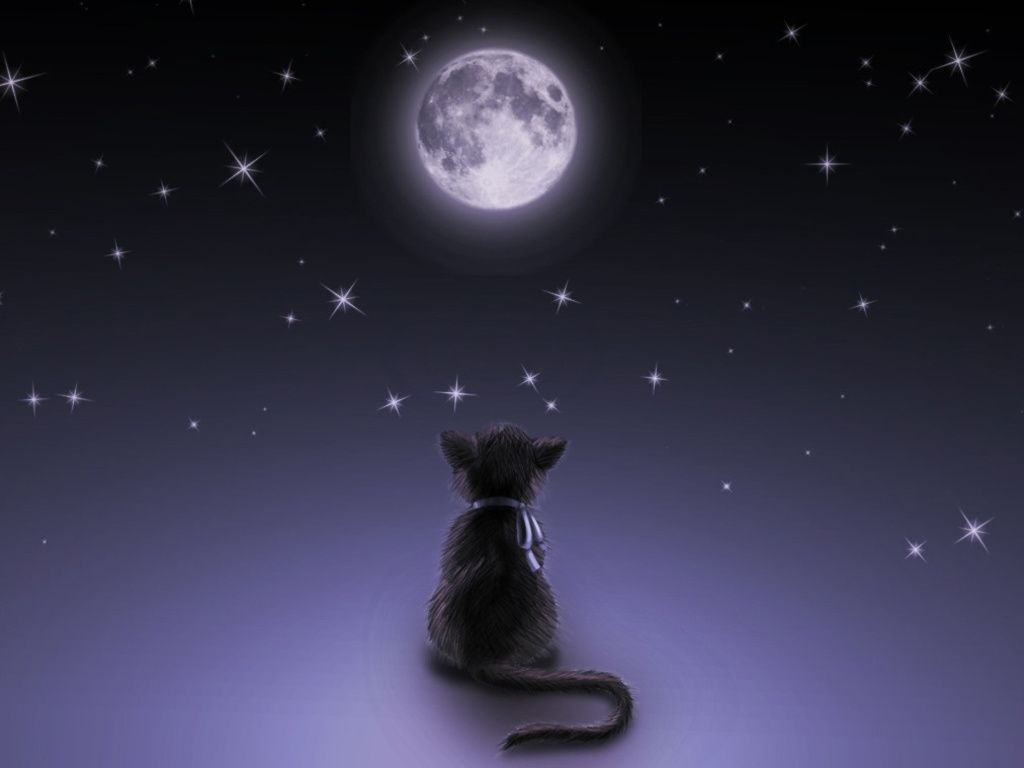 Smokey was lucky - on his way he met people who were not afraid to take responsibility for his salvation. And Smokey answered them with devotion and love. You, too, can save yourself such a friend.… >>>
Smokey was lucky - on his way he met people who were not afraid to take responsibility for his salvation. And Smokey answered them with devotion and love. You, too, can save yourself such a friend.… >>>
Luna is a girl, about two months old. She is litter trained, calm, intelligent, very sociable and active. She was the first of the kittens who was not afraid to approach people and communicated with them with pleasure. And she was the first who began to master the tray, and she repeated everything after her mother, for example, ... >>>
On October 27, 2018, a very interesting lecture was given at the KiS Zoo Center on how to properly approach the search for a permanent home for a cat or dog found on the street. During a conversation with people who are not indifferent to the problems of saving homeless animals, volunteer Tatyana shared her experience,… >>>
The pate was found by us at the age of three weeks.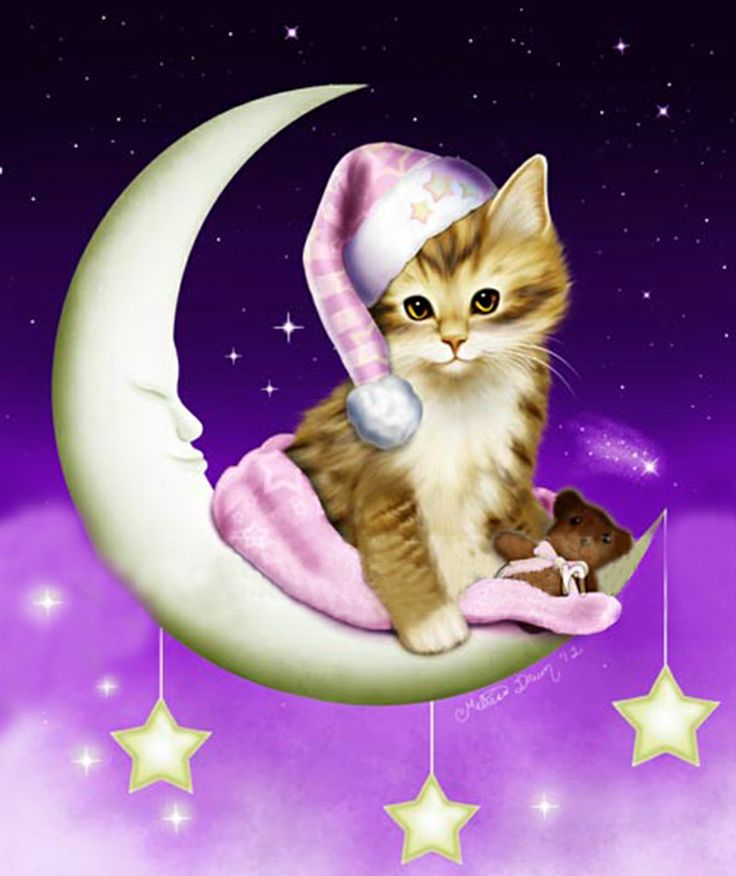 An indifferent person, who, on duty, processed the basement from fleas, before processing, found the baby and brought him into the light of day. This is where we picked it up. Were fed from a nipple, treated, raised...… >>>
An indifferent person, who, on duty, processed the basement from fleas, before processing, found the baby and brought him into the light of day. This is where we picked it up. Were fed from a nipple, treated, raised...… >>>
In October 2020, we managed to save six kittens, who lived in the room of a kind person working in a garage complex, from certain death - rat poisoning. The head of this complex does not favor animals, so every time newborn or already grown kittens ruthlessly ... >>>
Search the site:
Donate to the fund
Looking for a house
Looking for a house
Looking for a house
90!Looking for a home
New:
- The owner has collected a dream toy for cats and made them the happiest in the world
- Sakhalin rescuers have an anti-stress cat they found
- This cat is considered to be on duty at the station, but it seems that he just really needs a home
- Beloved will not leave him.
 One of the swans rescued from a lake in Buryatia has had its wing amputated
One of the swans rescued from a lake in Buryatia has had its wing amputated - Blind tigress Aurora found a second life in a hospice near St. Petersburg
- Two muzzles stick out: basement windows with live cats inside were concreted in Novosibirsk
- “I ran after the car and whined”: firefighters near Krasnoyarsk saved a large fluffy family
- Annunciation artist sells portraits of homeless animals to help raise funds
- How do cats squeeze into small spaces?
- Kazan scientists have created innovative drops for the treatment of eye diseases in animals
See also:
- short videos
- Buddhism and animals
- lectures
- salvation stories
- Scientific research
How cats see - how cats see our world: what colors do cats see
08/18/2020
Vision is a mechanism by which animals and people study the world around them and perceive its signals.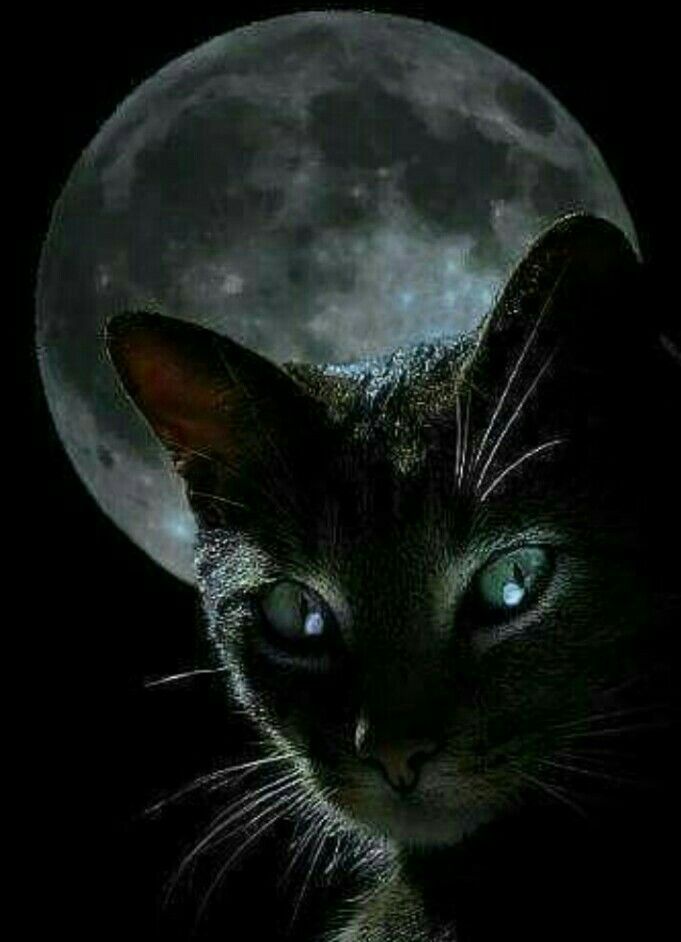 Some mammals, such as humans, rely more on sight than others. These animals include cats. Vision for them is not the main way of perceiving the world around them, but, undoubtedly, very important. Let's try to figure out how our pets see the world and why they are able to navigate in almost complete darkness.
Some mammals, such as humans, rely more on sight than others. These animals include cats. Vision for them is not the main way of perceiving the world around them, but, undoubtedly, very important. Let's try to figure out how our pets see the world and why they are able to navigate in almost complete darkness.
What is the vision of cats?
Anatomically, the organs of vision in cats are arranged in the same way as in most mammals. The main structures of the eye are represented by three membranes:
- Protein membrane (sclera)
- Choroid
- Inner sheath (retina)
The first shell - protein - from the outside forms a convex cornea, which protects the internal structures of the eye from mechanical damage.
The second - vascular - forms the iris and pupil. They are necessary to regulate the light flux entering the visual apparatus: the more light enters the eye, the more the pupil narrows.
In the inner shell - the retina - contains photoreceptors, through which the eye distinguishes between light, shadow and color.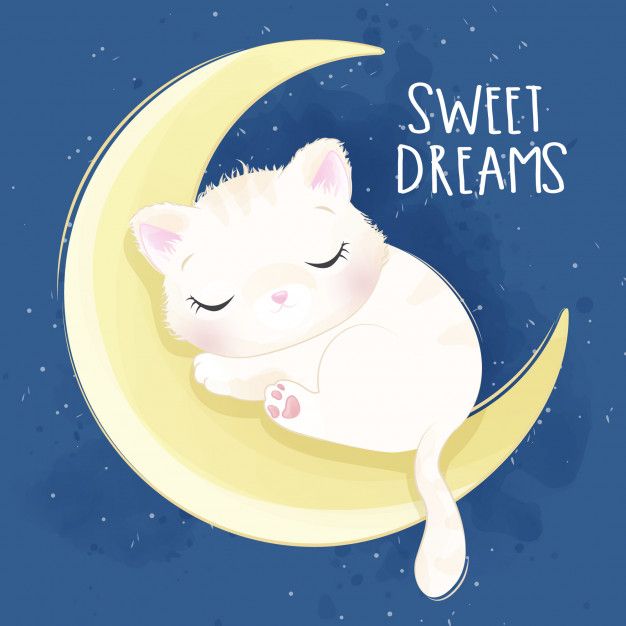 These receptor cells are divided into rods and cones. The first are necessary in order to distinguish between movements, thanks to the second, animals see colors.
These receptor cells are divided into rods and cones. The first are necessary in order to distinguish between movements, thanks to the second, animals see colors.
Although the basic structure of the cat's eye is similar to that of the eyes of other animals, there are differences, the most obvious of which is the shape of the pupils. The pupil in cats is able to significantly change its shape, depending on the amount of incoming light. The maximum constriction of the pupil, which becomes like a vertical line, is necessary to limit the flow of light. Conversely, in the dark, the pupil is able to expand greatly, catching even minor light sources.
The cornea - the anterior shell of the eye - in cats occupies almost the entire surface of the visible part of the eyeball. For comparison, in humans, it occupies only 30-50% of the surface. And due to the fact that the cornea in cats is more convex, their eyes cover up to 270 degrees (while human eyes only cover 180).
Although cats are able to distinguish objects at a distance of 60 meters from them, the optimal distance at which a cat can clearly see objects is from 75 cm to 6 m.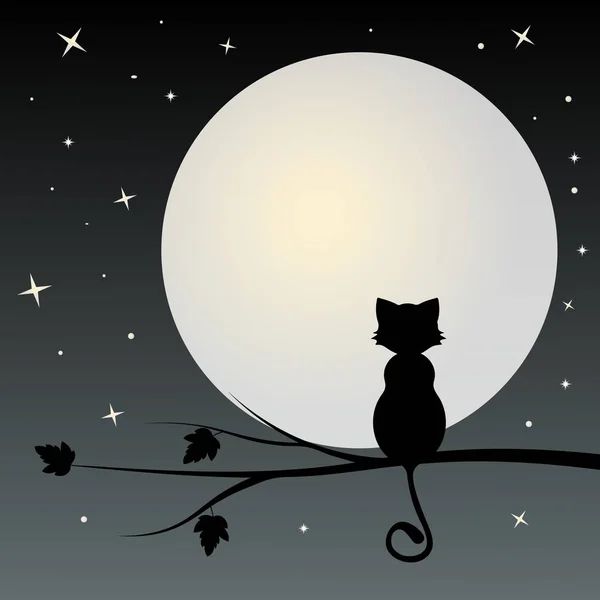 This is the distance that a cat needs in order to hunting time to make a jump from an ambush. Close objects they see blurry, near these animals recognize objects for the most part by the organs of touch.
This is the distance that a cat needs in order to hunting time to make a jump from an ambush. Close objects they see blurry, near these animals recognize objects for the most part by the organs of touch.
Cats have binocular vision, which means that they see objects with both eyes at once. Their field of view is located in the center, which helps them to better focus on the selected object. When hunting, this helps them estimate the speed of movement of the prey and the distance to it.
In addition, cats have very sharp eyesight, exceeding the sharpness of the human eye by seven times. However, visual acuity is necessary for the recognition of moving objects, while static objects are perceived worse by them.
You may have noticed during the game that your pet focuses better on those objects that move in a horizontal plane. Movements in the vertical plane are more difficult for cats to recognize.
What colors do cats see?
Although cats were long thought to be almost color blind, it is now known that the cat's eye has a wide range of colors available.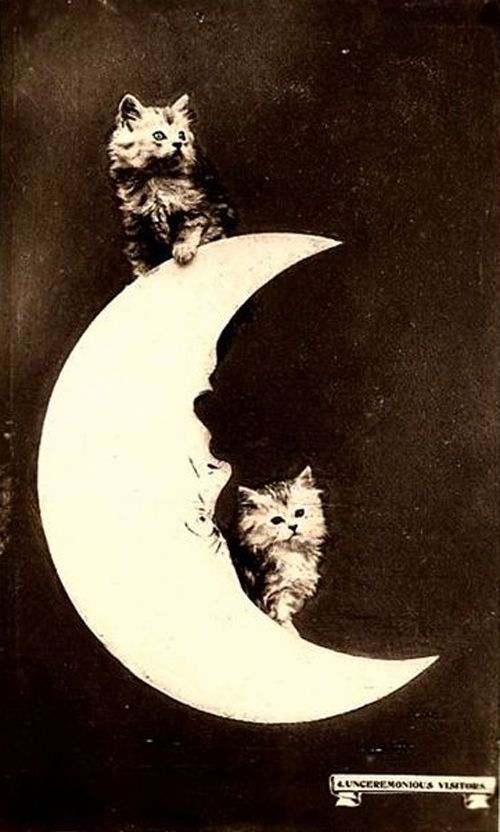
The color spectrum that the cat's eye can perceive is different from that seen by humans. This is due to the different set of photoreceptors in the retina. The receptors by which the eye "sees" color are called cones. Cats do not have cones that absorb some color signals, in particular, they are not able to perceive shades of red, orange and brown. The cat's eye is bad at distinguishing white, purple and yellow colors, and between blue and cyan almost does not "see" the difference. Cat eyes are most susceptible to green, blue and gray colors. Since these are the colors they see best, the world from the point of view of the pet takes on a bluish-gray tint, and the sun - green-blue.
Cats perceive gray best of all - their eyes distinguish more than twenty shades of gray, since this is the color of the game they hunt in nature (mice, rats, some birds).
How do cats see in the dark?
In addition to the cones, which we mentioned earlier when we talked about the color perception of the cat's eye, photoreceptors are also represented by rods. These are receptors that provide peripheral and night vision. In all nocturnal animals, the number of rods in the retina predominates over the number of cones, and in cats their ratio is 25:1. Thanks to these receptors, cats perfectly navigate in the dark and can lead a nocturnal lifestyle.
These are receptors that provide peripheral and night vision. In all nocturnal animals, the number of rods in the retina predominates over the number of cones, and in cats their ratio is 25:1. Thanks to these receptors, cats perfectly navigate in the dark and can lead a nocturnal lifestyle.
In addition to a large number of rods, cats have a special layer of the choroid - the tapetum. It is located behind the retina and performs a “mirror” function - photons of light passing through the retina and not absorbed by the photoreceptors located on it are reflected from the tapetum and again fall (“reflected”) onto the retina, enhancing the perception of light. That is, the number of photons that the photoreceptors capture increases. It is thanks to this feature that cats are able to distinguish objects well even in the dark.
The cat sees all objects in gray tones at night. Despite the fact that these animals are able to see well in low light conditions, they still do not see in complete darkness.

